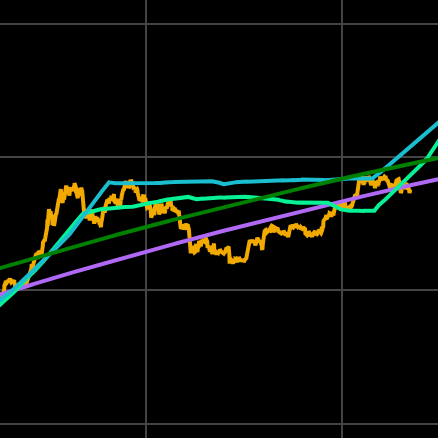
Key Takeaways
- Over 30% of Bitcoin's supply is held by 216 centralized entities, reflecting increasing institutional dominance.
- Sovereign treasuries like the U.S., China, and El Salvador hold significant Bitcoin reserves, influencing market psychology and liquidity.
- More than 75% of Bitcoin trading volume now occurs via off-chain venues such as exchanges and ETFs, signaling a structural market shift.
A new collaborative research report by Gemini Institutional and Glassnode analyzes on-chain data to assess the impact of the U.S. Strategic Bitcoin Reserve (SBR) on the Bitcoin market.
The report highlights Bitcoin’s transition toward a mature asset class, focusing on key behavioral and structural changes.
Sovereign treasuries and market impact
Countries such as El Salvador, Bhutan, and the United States have disclosed Bitcoin holdings, typically keeping these coins in inactive wallets.
This behavior mirrors long-term holder patterns and reduces the liquid supply, supporting investor confidence and adding symbolic significance to Bitcoin’s macroeconomic narrative.
Institutional custody dominates
According to the report, over 30% of Bitcoin’s circulating supply is now held by just 216 centralized entities—including ETFs, exchanges, custodians, and corporate treasuries.
Significant portions are held by ETFs, with exchanges serving as primary liquidity hubs. Corporate treasuries, such as MicroStrategy, continue to consolidate supply.
Off-chain venues drive volume
The report notes that more than 75% of Bitcoin trading volume now flows through off-chain venues such as centralized exchanges and ETFs.
This marks a shift away from on-chain settlement to institutional platforms, reflecting Bitcoin’s market maturity.
“Each $1 of capital deployed into bitcoin can increase the total bitcoin market cap by up to $25 in the short term, and ~$1.70 over a full cycle, highlighting the reflexive power of institutional inflows.”
The Gemini and Glassnode report gives a data-driven perspective on these evolving trends, supporting institutional understanding of Bitcoin’s changing landscape.




